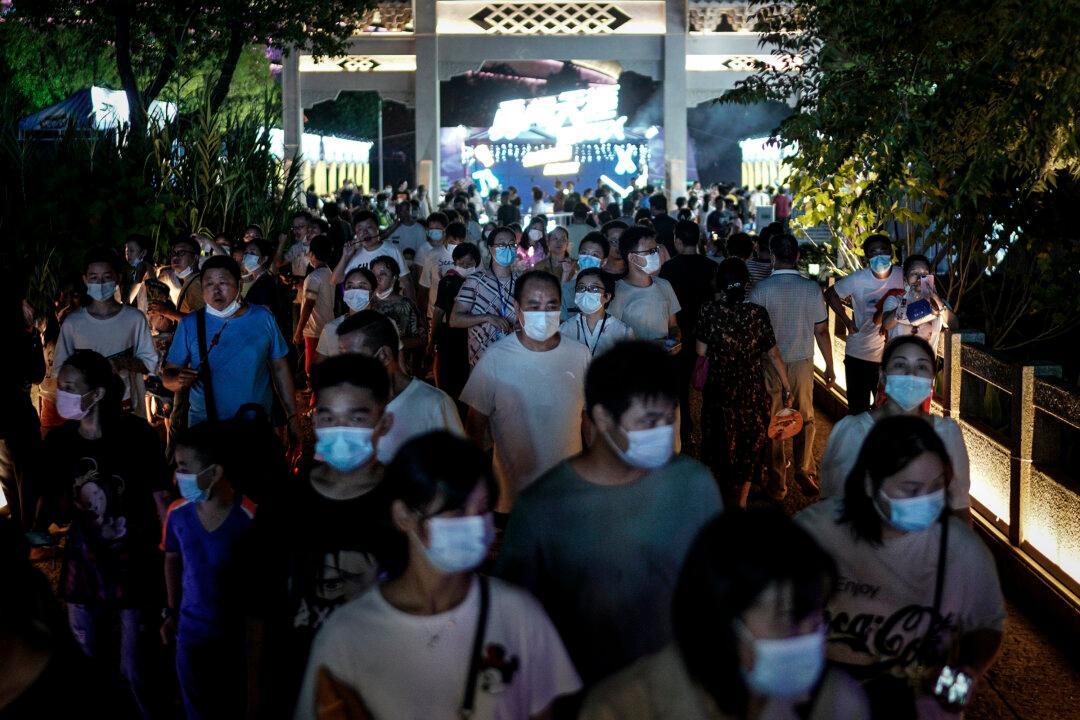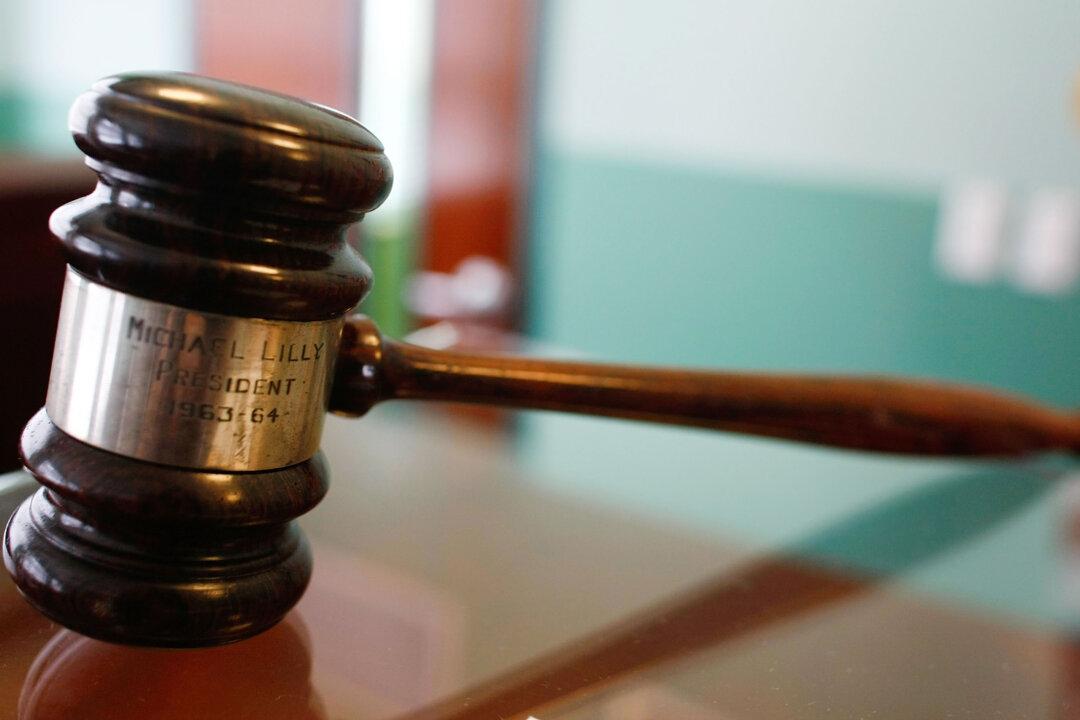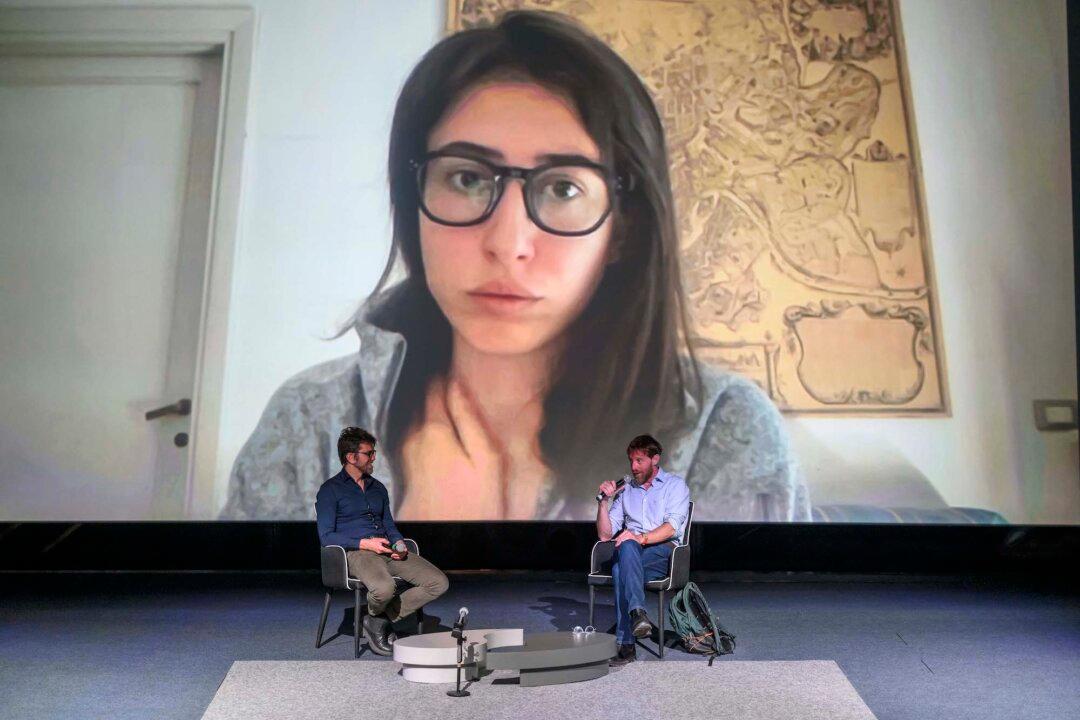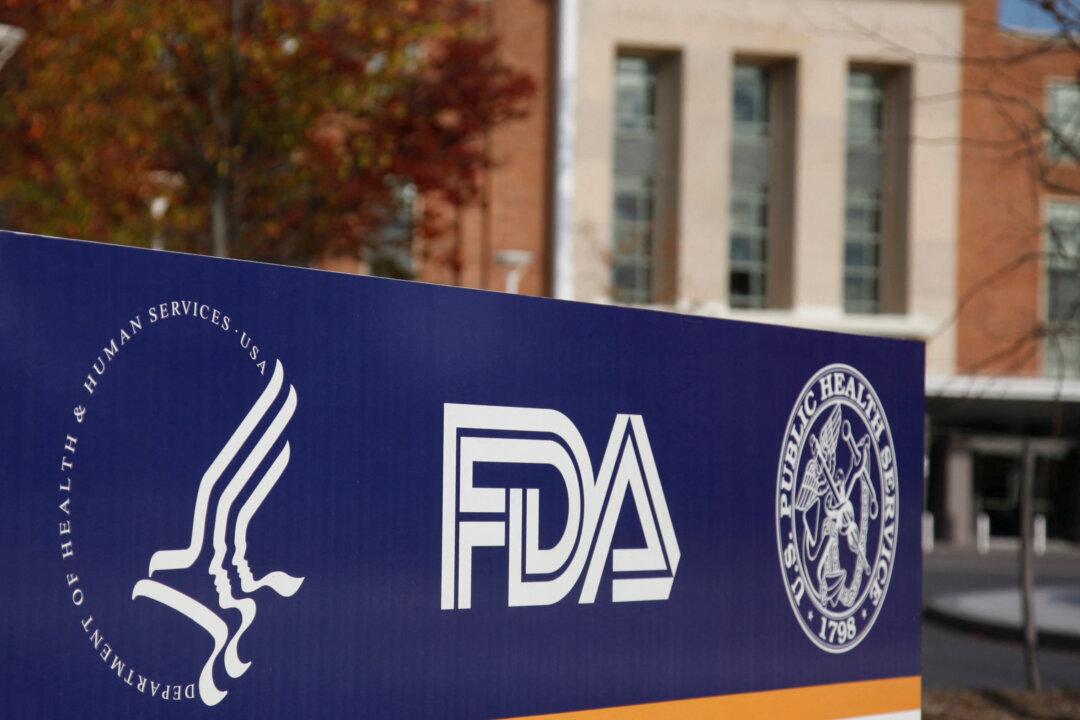An Australian scientist appointed to the World Health Organisation (WHO) team investigating the origins of the CCP virus has said he thinks the contagion originated from bats in China.
Prof. Dominic Dwyer, a microbiologist from Sydney, told 9News after returning home from the month-long investigation that there was “very limited” evidence it originated outside China. “There is some evidence, but it’s not really very good,” he said.





